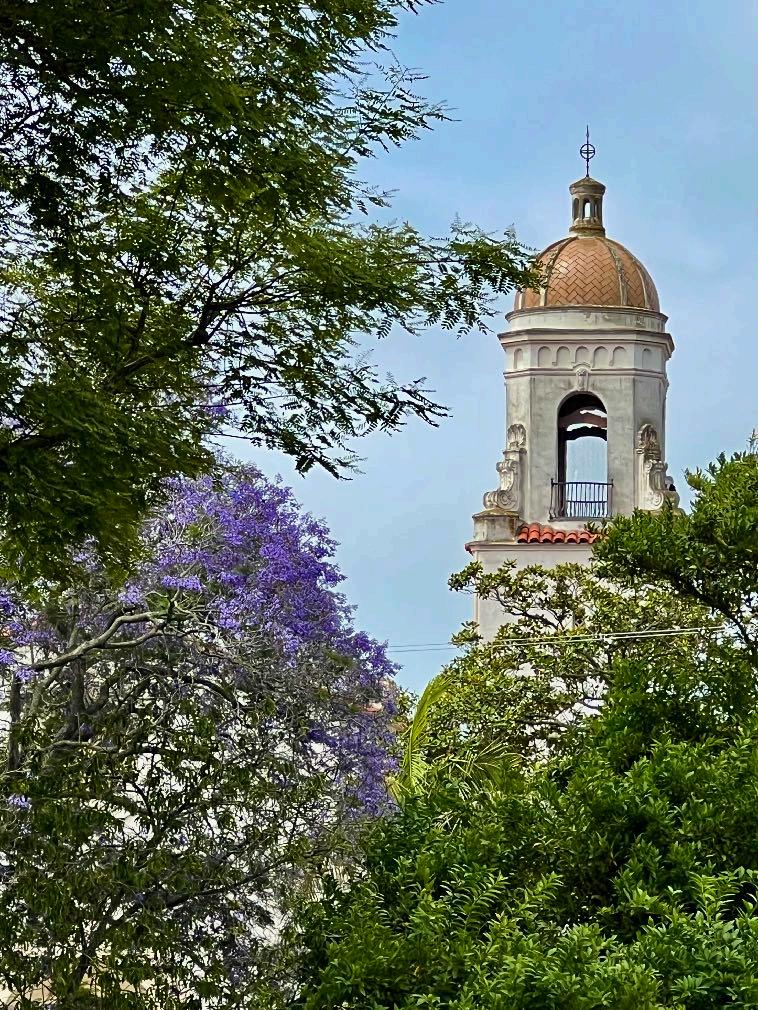





Snugged between the Pacific coast and the Santa Ynez mountains is the small town I call home.
Santa Barbara … sometimes
Sometimes it’s hard to stay in the only place you want to be.
Sometimes it’s hard to find the community that holds the whole of you.
Sometimes it takes a long time to come back home.


Long before it was Santa Barbara or even California …
The Chumash Indian homeland lies along the coast of California, between Malibu and Paso Robles, as well as on the Northern Channel Islands. Before the Mission Period, the Chumash lived in 150 independent towns and villages with a total population of at least 25,000 people. In different parts of the region, people spoke six different but related languages.
The area was first settled at least 13,000 years ago. Over time, the population increased and the people adapted their lifeways to the local environment. Villages along the coastline, on the islands and in the interior had access to different resources, which they traded with one another.
— Santa Barbara Museum of Natural History— Santa Barbara City

1786 - Horses brought to pasture north of Goleta by nine pirates and one corporal.
Adobe bricks collected to build Santa Barbara Presidio. First marriage at Presidio.
Mission Santa Barbara officially recognized, building commenced following year.
1848 - Treaty of Guadalupe signed making California part of American territory.
1876 - Australian seaman gave Moreton Bay Fig seedling to a local girl. Replanted by Adeline Crabb.
1877 - Rev. George Young forms Unitarian Society of Santa Barbara congregation. Incorporated as USSB 1885.




"He drew a circle that shut me out -Heretic, rebel, a thing to flout. But Love and I had the wit to win: We drew a circle and took him in!”
— Edward Markham*

From ancient times, burning oil in an altar chalice was a sacred ritual. After the years of religious persecution before and during World War II, Hans Deutsch, an Austrian refugee, designed this symbol based on those ancient traditions and later the offcenter cross was replaced by the flaming chalice by Betty King.
As all great symbols, this one has many ancestors and interpretations:
• The off-center cross symbolizes that there is room for the Love and Wisdom of other religions.
• The two linked rings reference the Edwin Markham poem and symbolize the joining of Unitarianism and Universalism.
• The flaming chalice has many interpretations, two being religious freedom and a memorial to the many lives lost in religious persecution.
*Odd: The Markham poem was the first one I ever memorized as a child. joyce
Design by Shawlin


We work to be diverse multicultural Beloved Communities where all thrive.





















